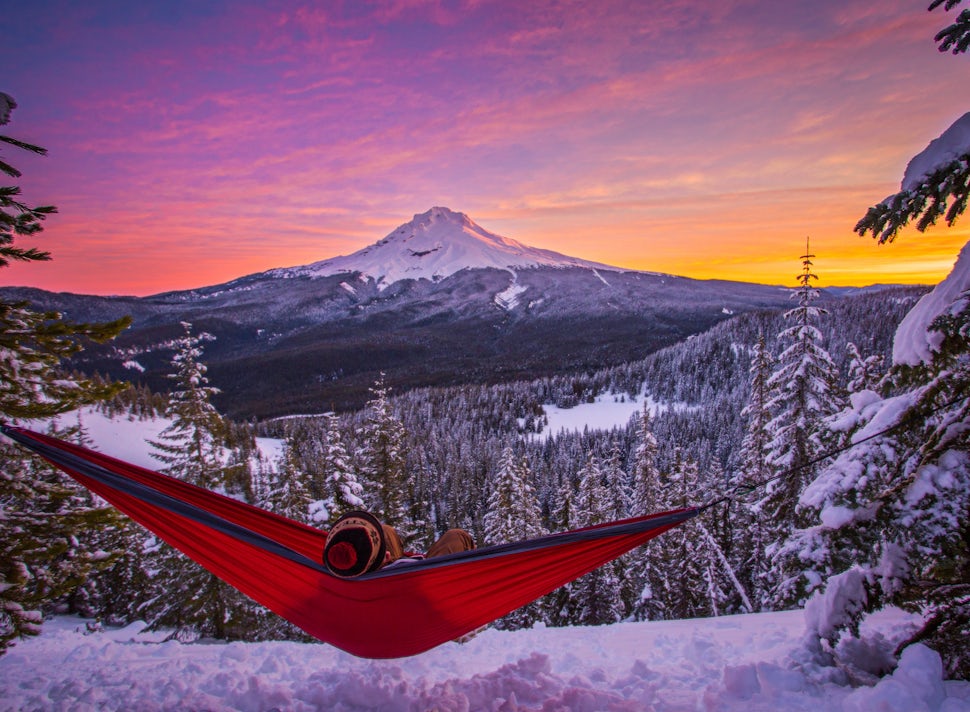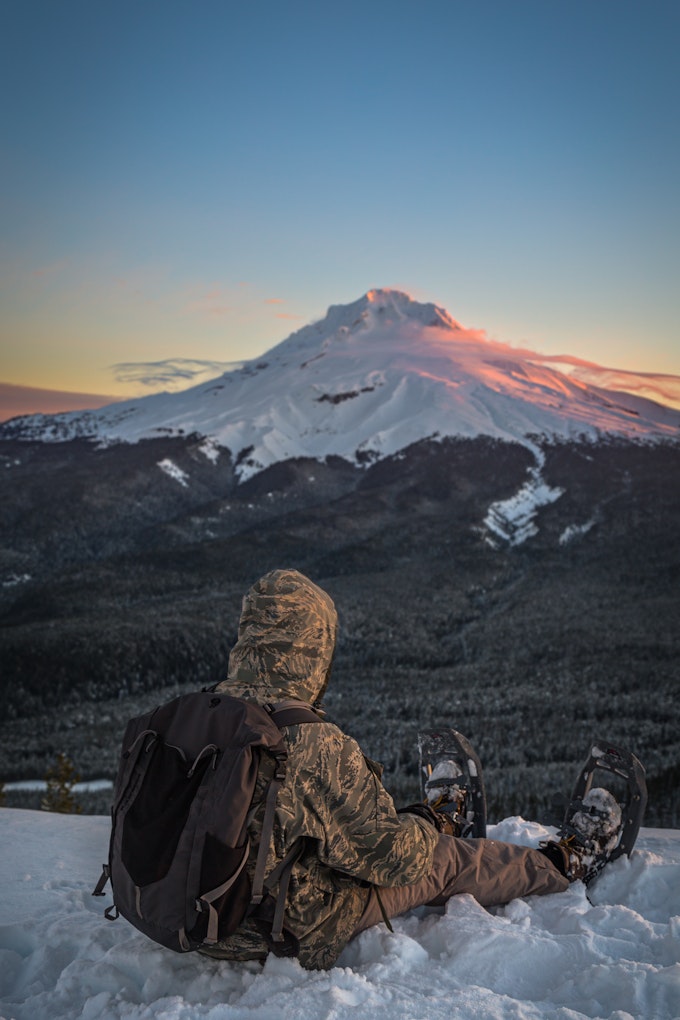7 Things I Wish I Knew When I Started Adventuring
With experience comes knowledge. Learn from my experience, and don't make the same mistakes I did!

1. Cheap is rarely good.
As with anything in life, the cheapest item is rarely sufficient. The same goes for the outdoors. If you buy the $40 rain jacket, you're going to feel great because you saved the money, that is, until you use it. When you're outside on the trail, 8 miles from shelter/your car, soaked to the bone, you're going to wish you spent a bit more money to get something that would withstand the elements better.
Another benefit you will see from spending the extra dough on the higher quality gear, is that you'll generally see a longer lifespan from your products. Spend the extra money on something high quality, and you won't find yourself at REI after every camping trip buying more tent stakes! While it may be harder to justify forking out more money up front, realize that you will most likely save money and time by purchasing the right item the first time.

2. There is ALWAYS another day.
We've all been there. The weather sucks, the conditions are not exactly safe, but we are so close to the destination. Power through, or turn back? You'd probably be okay, but why take a chance. One fall could quickly put a damper on your sense of adventure for months to come, so why not wait and come back when the conditions are more ideal? Through many poor choices on the trail and days of getting lost, hiking over three times the amount anticipated, or sliding down a muddy hillside, I have learned that it is always better to wait it out and come back another time. I have been lucky enough to leave these situations with nothing more than tired legs, a bruised body, and a scattered mind, but others have not been so lucky. Don't let your next adventure be your last.
3. Find friends who crave the same kind of adventure as you do.
We all have friends who love to go to the bar, or hit the club after a long week at work. This is great, and you shouldn't lose these people as friends, but realize that just because you want to go on a 3 day, 25 mile backpacking trip, that they might not. Even better yet, don't drag them along. I have learned that taking someone on a trip that is unprepared won't be fun for either of you. They will be tired, wet, cold, you name it, and you will be frustrated because they will be complaining. Make sure that when you plan a trip, you take someone who is properly prepared for the task ahead. Some friends are just better to leave in the city, and there is nothing wrong with that!
4. Research, research, and research again.
Find out exactly where you are going, and read reports on this place. Find places where you can find recent trip reports so you know exactly what to expect. The Outbound is an excellent resource for this. I can't tell you how many times I have been on a hike and gotten to a fork in the trail, and now I don't know where to go. Without phone service, you just have to guess and take a chance. When I get back from one of these adventures, I look up the hike, and I see the answer right in front of me. Now, after many failed attempts, I generally screenshot the whole adventure on my phone before I go, so I can use that for reference.
Another important part of researching is finding out the conditions of the trails. This can be a bit trickier, but many states have websites where people post trip reports. This is something that is incredibly important to check out, especially in the winter. I always check trip reports from recent trips to see if there is anything I need to be prepared for. So many times, I have gotten halfway up a trail, and see ice on the trail. If I simply would have just looked up a trip report, I could have seen that and thrown my Micro Spikes in my bag. Safety is the key here!
5. Buy the right gear, be prepared, be comfortable.
A couple of summer's ago, I thought I would be fine going out late at night in the mountains in May to shoot the Milky Way in just my hoodie sweatshirt and no gloves. I froze almost every night that I went out that summer in temperatures that weren't even that cold! Now, I decided to bite the bullet and buy a warm down jacket, insulated base layers, gloves, and warm beanies, and I can be warm in sub 20 degree weather. Why I didn't buy this gear when I started, who knows. But let my downfall be your strength! Just buy the gear now, be prepared for the elements, and be comfortable.
6. Buy gear that you can use in all seasons.
Here in the Pacific Northwest, I see so many winter explorers wearing insulated ski jackets and ski pants. While this works great in the winter, once the spring rolls around, you can't use this gear anymore because it is too warm. What I do now, is buy gear that you can use all seasons. How can you do this with insulated winter gear, you ask? Layers. Rather than buy the one insulated jacket and pants, buy layers. Base layer, down jacket, rain jacket. This will essentially give you the same combination, but now you can use all of this gear in the summer. If I am out on a cold summer night, I can just wear my down jacket that I used as a mid layer in the winter. Or if it is raining in the spring, but it isn't cold, I can just wear my shell. Choosing gear that is good in all seasons can help save you money, and who doesn't want that?
7. Waterproof never hurts.
This one is especially important for those of us in the Pacific Northwest, where we see more rain than anything else. Purchasing a waterproof backpack was the best choice I made last year. I never have to worry about packing the right gear, because my gear is waterproof anyways. Even if it isn't raining, you never know when it might start. The last thing you want is to get caught in a rainstorm and have everything in your bag get soaked. While it definitely isn't necessary, especially if you are a "fair weather hiker", it will never hurt to buy something that is waterproof.
We want to acknowledge and thank the past, present, and future generations of all Native Nations and Indigenous Peoples whose ancestral lands we travel, explore, and play on. Always practice Leave No Trace ethics on your adventures and follow local regulations. Please explore responsibly!
Do you love the outdoors?
Yep, us too. That's why we send you the best local adventures, stories, and expert advice, right to your inbox.











